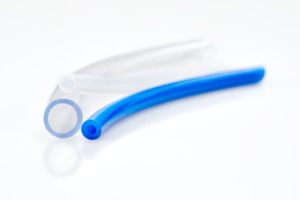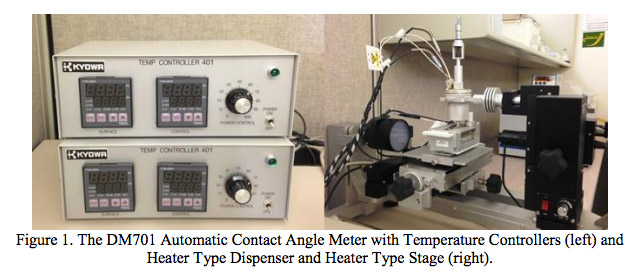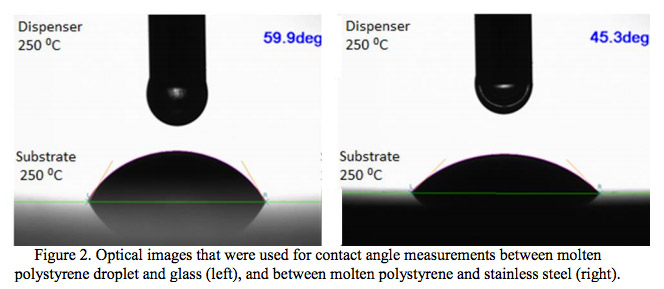- Lab Services
- Chemical
- Color Measurement
- Contact Angle
- Gloss Measurement
- Liquids
- Mechanical
- Abrasion
- AFM
- Contact Stylus Surface Roughness Analysis
- Depth Profiling
- Express Property Mapping through Accelerated Nanoindentation
- Macroscratch
- Microindentation
- Microscratch
- Modulus Mapping
- NanoDMA
- Nanoindentation
- Nanoscratch
- Rheology
- Scratch Testing ISO 1518
- Shore A and Shore D Hardness
- Universal Testing Machine
- Metallurgy
- Microscopy
- Particle Size
- Peel Strength
- Pore Size
- Surface Roughness & 3D Topography
- Technical Consulting
- Thermal
- Tribological
- X-Ray Diffraction
- Zeta Potential
- Products
- Industries
- Resources
- About Us
- Testimonials
- Contact Us


 Polymers and composites are essential in manufacturing plastics, cement mixtures, and other common applications – such as Kevlar vests. Polymers span a large realm of materials made from organic compounds. However, it is also important to ensure the desired material properties in order to create the highest functionality product. Having concrete data on the material properties will make the entire manufacturing process run more smoothly.
Polymers and composites are essential in manufacturing plastics, cement mixtures, and other common applications – such as Kevlar vests. Polymers span a large realm of materials made from organic compounds. However, it is also important to ensure the desired material properties in order to create the highest functionality product. Having concrete data on the material properties will make the entire manufacturing process run more smoothly.






